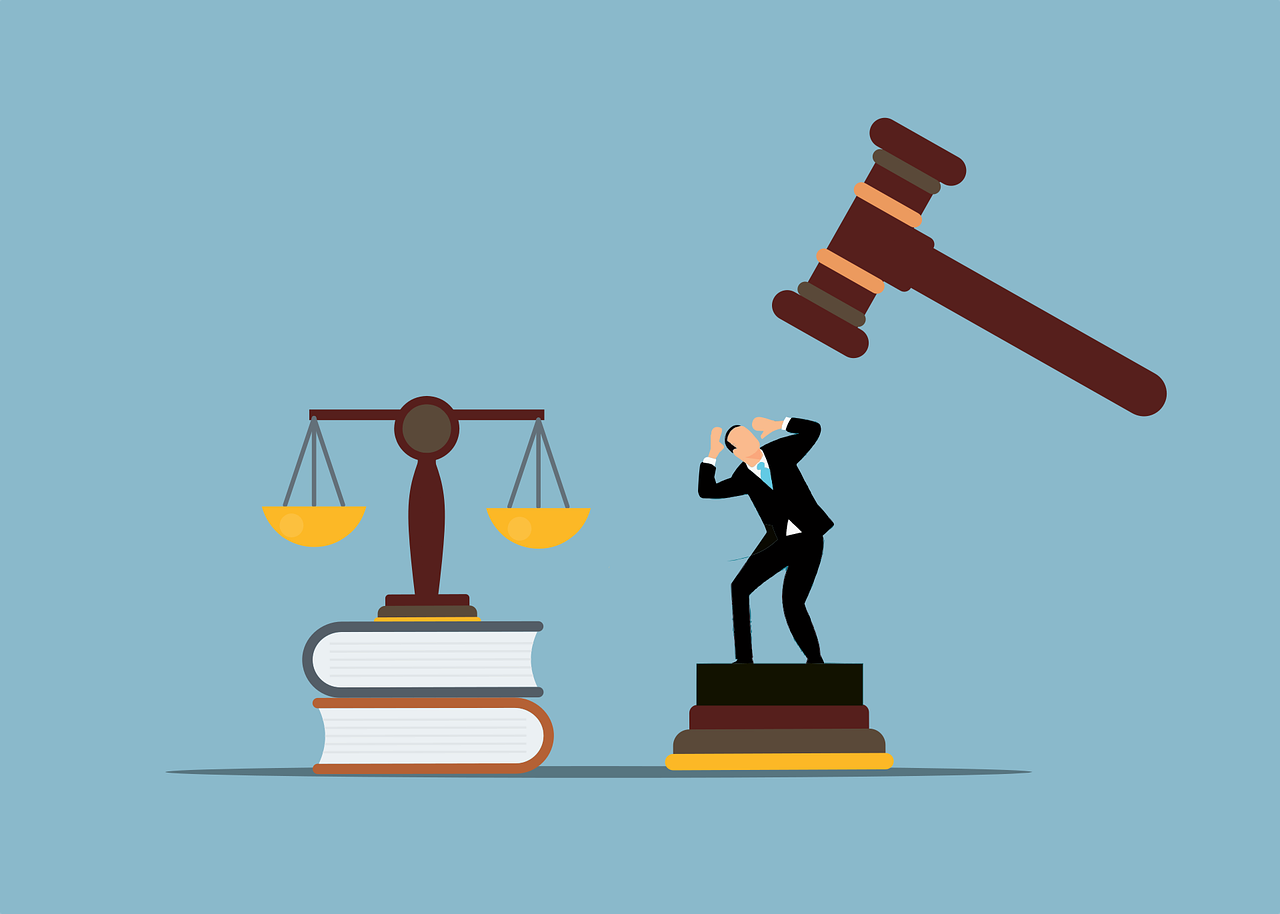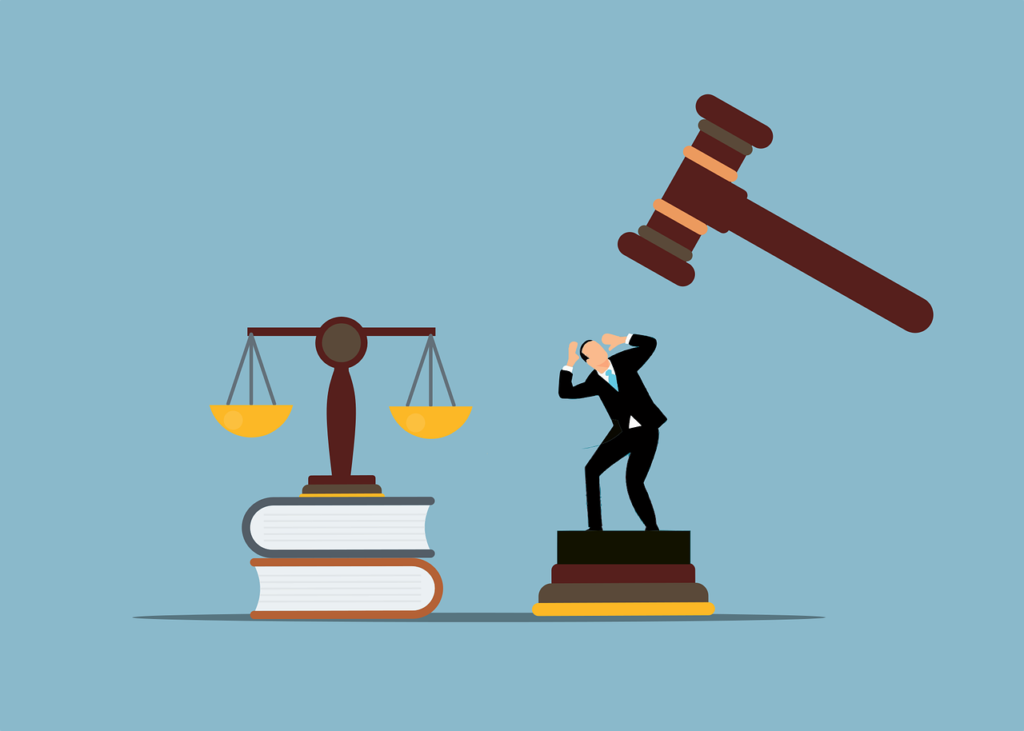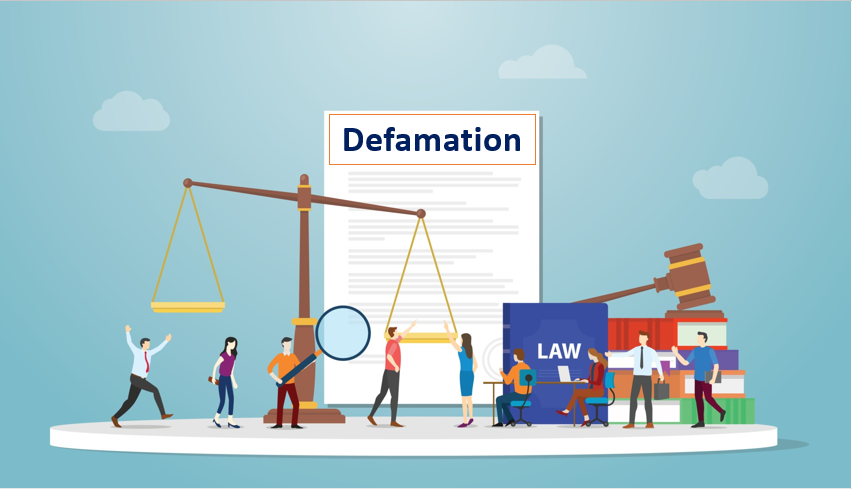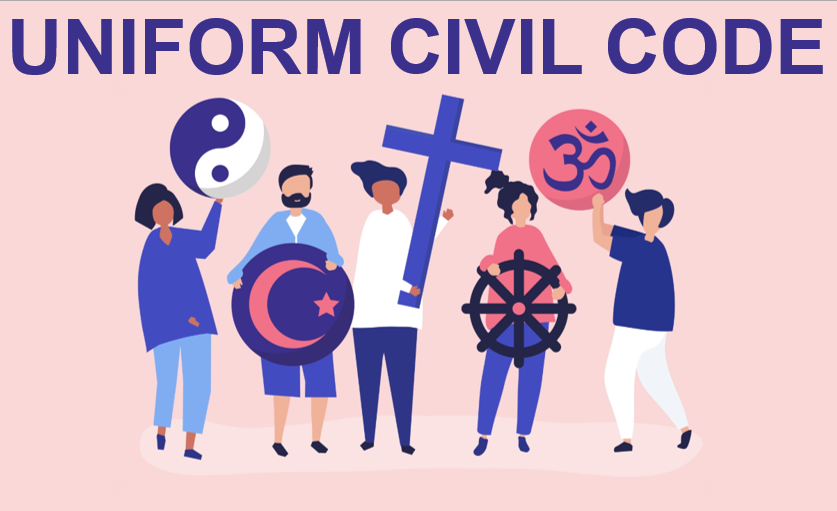Published On: 31st May, 2024

INTRODUCTION:
Evidence is one of the most important essences of a case. Without evidence, a fact of a case cannot be proved right. The origin of the law of evidence in India can be traced back to the concepts of English Law. Thus, the Indian Evidence Act, 1872 is not exhaustive and English laws can be used as a reference while interpreting the provisions of the Act. Evidence which does not fall under this Act is not admissible in the court, even if it is the key to determining the truth of the matter. Evidence law is supported by three main pillars:
- Evidence should only consist of matters in issue.
- Hearsay Evidence does not have any evidentiary value.
- There should be an effort to provide the best evidence in all cases.
According to the Indian Evidence Act, 1872, there are major two types of evidence i.e. oral evidence and documentary evidence. These evidences are further divided into hearsay evidences. Statements given verbally or in writing in the form of hearsay evidence are presented at hearings and trials to prove the facts of the cases. Courts are required to exclude certain statements from evidence (section 60 of the Indian Evidence Act, 1872) when they are made by the parties to testify at the trial or hearing. These statements are known as “Hearsay Evidence”. In other words, it can be also said that information passed through indirect channels such as gossip or rumors can also be termed as Hearsay Evidence. Hearsay Evidence is information that has not been obtained from the direct source and had not been experienced by the informant first-hand. The admissibility of hearsay depends upon the circumstances of each case and on the discretion of the court and is inferior as compared to other evidence. However, The Indian Evidence Act, 1872 shall be replaced by The Bharatiya Sakshya Adhiniyam. The Bharatiya Sakshya Bill was passed by the Parliament of India on 21st December 2023. The enforcement of the same shall commence from 1st July 2024. The Bharatiya Sakshya Adhiniyam also made amendments to the rules on hearsay evidence. Evidence of a statement made by a witness who is not testifying in court is known as hearsay evidence. The court shall allow hearsay evidence in certain cases where the declarant is unavailable or when the statement is relevant to the credibility of a witness.
WHAT EXACTLY IS HEARSAY EVIDENCE?
The word hearsay comprises two different words i.e. “hear” and “say”. The term itself derives a testimony that is not based on any direct communication but on what the witness has heard from someone else over a conversation. Hearsay Evidence is thus, not direct evidence. The word itself is self-descriptive which says that it is not directly heard. Hearsay evidence is a statement (either oral or written) offered in evidence to prove the truth of the matter made by the declarant while testifying at the trial or hearing subject to the firsthand knowledge of the fact or information provided by someone else. Therefore, it can be termed as second-hand information as well. Hearsay is the evidence provided by a witness based on his/her personal knowledge based on a statement made by someone else. According to the Indian Evidence Act, 1872, hearsay evidence is no evidence. The general rule is that hearsay evidence is not admissible in a court of law. Section 30 of the Indian Evidence Act, 1872 (Act, Section – 30) states that oral evidence must be directly heard, seen, or sensed the fact.
ILLUSTRATION: A said to B that C was driving a red car at the time of the accident. A’s statement to B is evident that C was driving a red car at the time of the accident. The statement will be termed as hearsay evidence if B testified to that statement to prove that C was driving a red car. If B is able to testify in court in the later days that B has seen herself C driving the red car, then the statement won’t be considered hearsay evidence. (Gaur, reprint 2022)
WHAT IS DOUBLE HEARSAY EVIDENCE?
Double or multiple Hearsay is admissible in the court of law as evidence when each of the two or more statements provided by the witnesses qualifies as an exception under the Federal Rules of Evidence. Nonetheless, there is room for disagreement on the scope of admissibility allowed in relation to multiple-level hearsay. Although the supporting reference primarily addresses double-level hearsay permitted in connection with the business record exemption, the Advisory Committee observes that a dying declaration incorporating a declaration against interest plainly fits within the multiple-level hearsay exception.
With other double-level hearsay exceptions made admissible, there is no requirement for written memorialization. The breadth of admissibility can also be challenged because the rule does not require that the original statement to be admitted must also meet the requirements of the statement within which it is contained. It is feasible to make an admissibility argument using a statement of a then-existing mental state that was not previously believed to be viable. A hearsay statement’s declarer is effectively a witness and might have their credibility called into question. Any evidence that would be acceptable for those reasons if the declarant had testified as a witness may be used to refute or support the credibility. In actuality, there is no need for the witness to be given the chance to refute or clarify evidence of the declarants’ conflicting statements of activity. A party against whom an out-of-court statement has been admissible may call the declarant and question him in a manner similar to that of a cross-examination pursuant to the Federal Rule of Evidence.
EXCLUSION OF HEARSAY EVIDENCE IN ADMISSIBILITY BY THE COURT
The fundamental principle of the law of evidence is that hearsay evidence is not admissible by the court. It might be also regarded as derivative or unoriginal evidence but it is ambiguous in nature and might lead to misleading a case. Thus, the admissibility of hearsay evidence is questionable.
Reasons for exclusion:
- Hearsay evidence cannot be tested by cross-examination as it is not directly seen or sensed by the witness acts as a duplicate source of information and is not primary evidence.
- The evidence is not provided on any oath or under personal responsibility but by the general original declaration.
- Hearsay evidence supposes some better evidence and encourages the substitution of weaker evidence for stronger evidence.
- Hearsay evidence has a tendency to protect the legal investigation of a case.
- Hearsay evidence increases the opportunity of fabricating a case from the original facts.
- The process of the repetition of the statements made by the witness/ witnesses (primary statement and hearsay statement), is not reliable to depend on a case.
EXCEPTIONS FOR HEARSAY EVIDENCE:
- Doctrine of res gestae:
Section 6 of the Indian Evidence Act, 1872 (Act, Section – 6) defines Res Gestae as “facts which though not in issue are so connected with a fact in issue as to form part of the same transaction are relevant whether they occurred at the same time or place or at different times and places”. Thus, for a fact that is to be shown as a part of Res Gestae, the hearsay evidence must be linked to the facts in the issue but should not be a fact in the issue themselves. When a statement is made in a court of law, it may be further proved during the legal proceedings by another person appearing as a witness providing hearsay evidence that the statement is a part of the same transaction.
In the case of Sukhar vs. State of Uttar Pradesh (Sukhar v. State of Uttar Pradesh, 1999), the witness arrived at the crime scene on hearing the firing and saw the injured who conveyed to him the identity of the culprits who fired. This is admissible under Section 6 of the Indian Evidence Act, 1872 (Act, Section – 6) as the act of shooting is part of the same transaction.
Some other illustrations that may be brought under the ambit of Section 6 are:
- Hearing the cry of an injured person
- Hearing the cry of a witness who saw the murder happen.
- Hearing a person cry for help.
- Admission and confession:
Admissions are covered between Section 17 of the Indian Evidence Act, 1872 (Act, Section – 17) and Section 23 of the Indian Evidence Act, 1872 (Act, Section – 23). Admission can be defined as when a person voluntarily acknowledges the fact or fact in an issue made either in oral or written form.
Confessions are covered between Section 24 of the Indian Evidence Act, 1872 (Act, Section – 24) and Section 30 of the Indian Evidence Act, 1872 (Act, Section – 30). It can be defined as when a person admits their guilt before the court of law. It is the direct admission of the facts of a case and can be made orally or in written form.
In the case of the State of Maharashtra vs. Kamal Ahmed Mohd. Vakil Ansari and Ors. (State of Maharashtra v. Kamal Ahmed Mohammed Vakil and Ors., 2013), The Supreme Court held that admissions and confessions are exceptions to hearsay rules. The evidence Act places them in the province of relevance, presumably on the ground, that they being declarations against the interest of the person making them, they are in all probability true.
- Dying declaration:
According to Section- 32(1) of the Indian Evidence Act, 1872 (Act, Section – 32(1)), a dying declaration is a statement made by a person as per the circumstances of the case or the cause of the death which is a relevant fact when the case of the death of the person is in question. A dying declaration is normally recorded by the Magistrate but it was held in the Delhi High Court that the declaration could be corroborated and can be declared by a police officer before the court.
A dying declaration represents a situation where a person Cannot be called in court to testify as a witness. In situations like this, the statements made by the deceased person to another party can be produced before the court. Thus, a dying declaration is an exception to the hearsay evidence. In the case of Kalawati w/o Devaji Dhote v. State of Maharashtra (Kalawati w/o Devaji Dhote v. State of Maharashtra, 11), the appellant set the deceased on fire with the use of Kerosene which was eye witnessed by a child and also was clearly stated by the victim in her dying declaration. The Supreme Court of India, after further corroboration held the appellant to be guilty under section 302 of the Indian Penal Code, 1860, and also stated an absolute rule of law declaring that a dying declaration cannot be considered as evidence until properly corroborated.
- Statements made in previous hearings:
Section 33 of the Indian Evidence Act, 1872 (Act, Section 33) states that Evidence which is provided by a witness in a judicial proceeding or before any person authorized by law is relevant for proving when in a subsequent judicial proceeding or in any later stage of the same judicial proceeding if it is found that the witness is dead or cannot be found or is physically or mentally incapable of giving evidence or if his presence cannot be found without an amount of delay or is suffering from any kind of ailment, under such circumstances of the case, the Court considers this as a reasonable cause. The court then takes into consideration the previous statement provided by the person in the subsequent hearings of the case and can use the same evidence further in the matter. Thus, the statement given by a witness in a former proceeding can be used in subsequent proceedings of the same case if the witness is dead or is not able to appear before the court.
CONCLUSION:
One category of evidence that courts do not directly recognize is hearsay testimony. Circumstantial facts will determine if it is admissible in a lawsuit.
The primary goal of any evidence presented in court is to enable the judge to render the most accurate decision feasible while guaranteeing the administration of justice. Even if hearsay evidence isn’t the most reliable type of evidence, it might still be considered credible if it has a plausible connection. As technology plays a great role in recent times, Section-65B (Act) was inserted in the Indian Evidence Act, 1872 which deals with the admissibility of electronic evidence as secondary evidence in a court of law.
References
Act, B. (n.d.). Section – 17. In Indian Evidence Act, 1872 (p. 13). Universal LexisNexis.
Act, B. (n.d.). Section – 23. In Indian Evidence Act, 1872 (p. 15). Universal LexisNexis.
Act, B. (n.d.). Section – 24. In Indian Evidence Act, 1872 (pp. 15-16). Universal LexisNexis.
Act, B. (n.d.). Section – 30. In Indian Evidence Act, 1872 (p. 18). Universal LexisNexis.
Act, B. (n.d.). Section – 32(1). In Indian Evidence Act, 1872 (p. 18). Universal LexisNexis.
Act, B. (n.d.). Section – 6. In Indian Evidence Act, 1872 (p. 6). Universal LexisNexis.
Act, B. (n.d.). Section 33. In Indian Evidence Act, 1872 (p. 21). Universal LexisNexis.
Act, B. (n.d.). Section 65B. In Indian Evidence Act, 1872 (pp. 31-33). Universal LexisNexis.
Gaur, K. (reprint 2022). Textbook on The Indian Evidence Act. Universal LexisNexis.
Kalawati w/o Devaji Dhote v. State of Maharashtra, CRL.A. NO- 267 oF 2009: SLP (Crl.) No. 6798 of 2007 (Supreme Court of India February 2009, 11).
State of Maharashtra v. Kamal Ahmed Mohammed Vakil and Ors., CRL.A. NO. – 445 of 2013: SLP (Crl.) No. 9707 of 2012 (Supreme Court of India March 12, 2013).
Sukhar v. State of Uttar Pradesh, CRL. A. NO-1985 of 1996: AIR 1999 SUPREME COURT 3883 (Supreme Court of India October 01, 1999).



